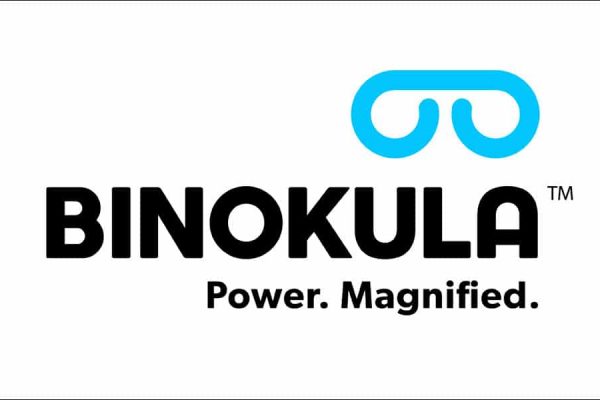Among all the talk of Big Data and the Internet of Things at a recent Gartner conference in Sydney, I was struck by one particularly interesting technical development, one that will improve geolocation data and add another layer to the information maintained about us and by us.
With the uptake of devices that include GPS over recent years, notably in mobile phones and vehicle tracking systems, it has become quite common to track a device’s location and movement.
You only have to look at the Traffic option in Google Maps to see how well this works, enabling us to see how busy roads are anywhere in the world (so long as there are people with phones there). The capability has also been used effectively by courier, FMCG and logistics companies to improve routing and flexibility, getting goods to their destination efficiently and even redirecting shipments already in transit.
To me, being able to see where any aircraft or ship is in the world in near real time, to be able to know if your trip to work will be fast or slow, or to be able to manage stock levels on the fly goods are between locations all seems like a little bit of magic that was inconceivable even a decade ago. Looking forward to the next decade, what more will geolocation data do?
The answer is that it’s moving indoors.
The limitation with current GPS-based geolocation data is that position is only accurate to a few metres and once you put a roof over the device the GPS signal is no longer available so it becomes invisible.
Using other sensors, such as Bluetooth on phones combined with building floorplans, will open up a new micro-scale of location data that is both accessible indoors and much more accurate.
Bluetooth has already been used successfully in an American baseball stadium to provide information to fans about food outlets and toilets, even letting people see where the shortest queues are before they leave their seat. Similar techniques could easily change building management or help us develop smarter factories.
Add integration with RFID technology, an enabling technology for the Internet of Things, and you can start analysing the relationships between people, places and things in new ways. Suddenly it will be possible to digitise interactions and relationships to deliver a new stream of data with huge potential for new insights and new ways of managing people, things and places.
Instead of just knowing that a person or thing is in a particular place, you can trace how people use things and the impact of location on these interactions.
In retail, customers will be able to be tracked in real time as they interact with stock; in factories, workflow will take on a whole new focus; in FMCG stock management could be hugely improved and product placement will become ever more scientifically fine-tuned.
The applications listed here are just the immediate and obvious opportunities but, given the expansion of uses for traditional geolocation data, you can be sure that a lot more will surface once the technology becomes more wide-spread.
And, if you’re already worried that Big Brother is watching you, some of these applications could make you feel that a much bigger brother is just around the corner. To avoid that, we will need to ensure that policy and governance matures in line with new technology so all this data created about us and by us continues to work for us rather than against us.





